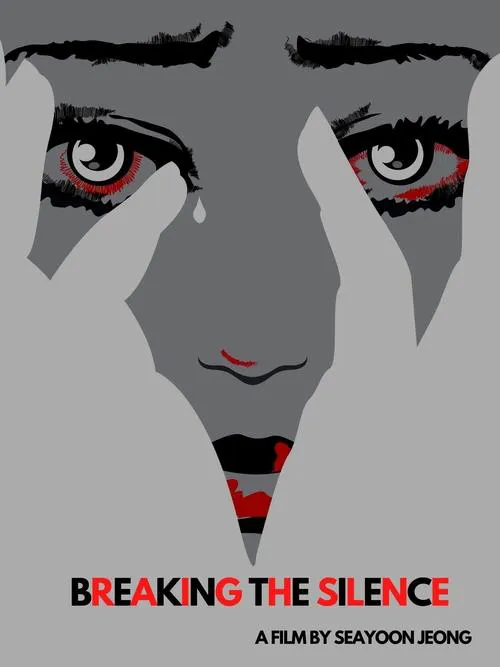Breaking the Silence

Plot
Francesca's quiet life in a small town is shrouded in mystery. Her past is a dark and haunting presence that lingers in the shadows, refusing to be confronted. She lives a semblance of a normal life, yet her memories continue to haunt her. They are remnants of a time when she was taken from her home, forced into a comfort station, and subjected to unimaginable horrors. The trauma has left a lasting impact on her, rendering her unable to speak about the atrocities she endured. However, a spark ignites within Francesca, driving her to share her story. She begins to see a therapist, hoping to find closure and healing. The sessions serve as a catalyst for her to confront the demons that have been lurking in her mind. The therapist, understanding the gravity of her situation, approaches the conversations with sensitivity and respect. As Francesca starts to open up, she confronts the harsh reality of her experiences in the comfort stations during Imperial Japan. The memories she had suppressed for so long begin to resurface, forcing her to relive the terror she had endured. She is confronted with the brutal and dehumanizing environment she was forced to exist in. The comfort stations were nothing more than euphemistic names given to the brothels where women and girls were coerced into prostitution to satiate the soldiers' desires. The experiences Francesca shared with her therapist reveal the atrocities committed by the Imperial Japanese Army during World War II. The comfort stations were a manifestation of the systematic oppression and exploitation of women, often taken from their homes, forced into these brothes, and subjected to unimaginable physical and emotional abuse. They were treated as commodities, stripped of their dignity, and left to face their new reality with no escape. Despite the gravity of the situation, Francesca finds the strength to speak out. Her story becomes a testament to the resilience of women who have been silenced for far too long. Her courage serves as an inspiration to her community and the world at large, raising awareness about a dark period in history that has long been shrouded in secrecy. The sharing of her experiences becomes a beacon of hope for those who have suffered similar fates. However, there are those who do not want Francesca's story to be told. There are those who will stop at nothing to silence her, hiding behind a facade of respectability. They attempt to shame and discredit her, using tactics of intimidation to silence her. But Francesca refuses to be silenced. She continues to speak out, even in the face of adversity, knowing that her story must be heard. As Francesca's story gains traction, it sparks a wave of change. It raises awareness about the comfort women, and the atrocities they endured, serving as a reminder of the importance of remembering and learning from history. The movement gains momentum as more women and girls come forward to share their stories, refusing to be silenced any longer. The comfort stations are now a part of history, but the impact of their presence continues to be felt. They serve as a reminder of the horrors that humanity is capable of and the importance of respecting human dignity. Francesca's journey serves as a testament to the power of resilience, courage, and the will to speak truth to power. Her determination to break the silence surrounding the comfort stations of Imperial Japan sparks a movement that transcends generations, becoming a beacon of hope for those who have been silenced for far too long. As her story is told, the shadows that once haunted her begin to recede, replaced by a newfound sense of purpose and belonging.
Reviews
Recommendations




